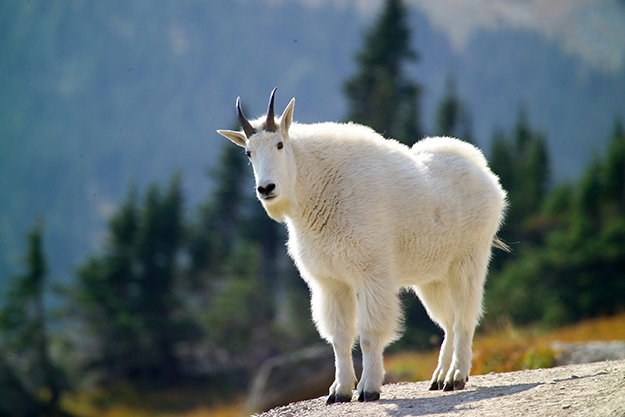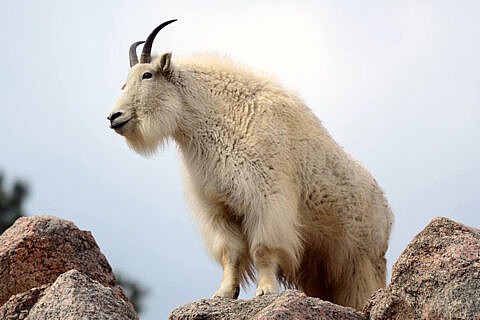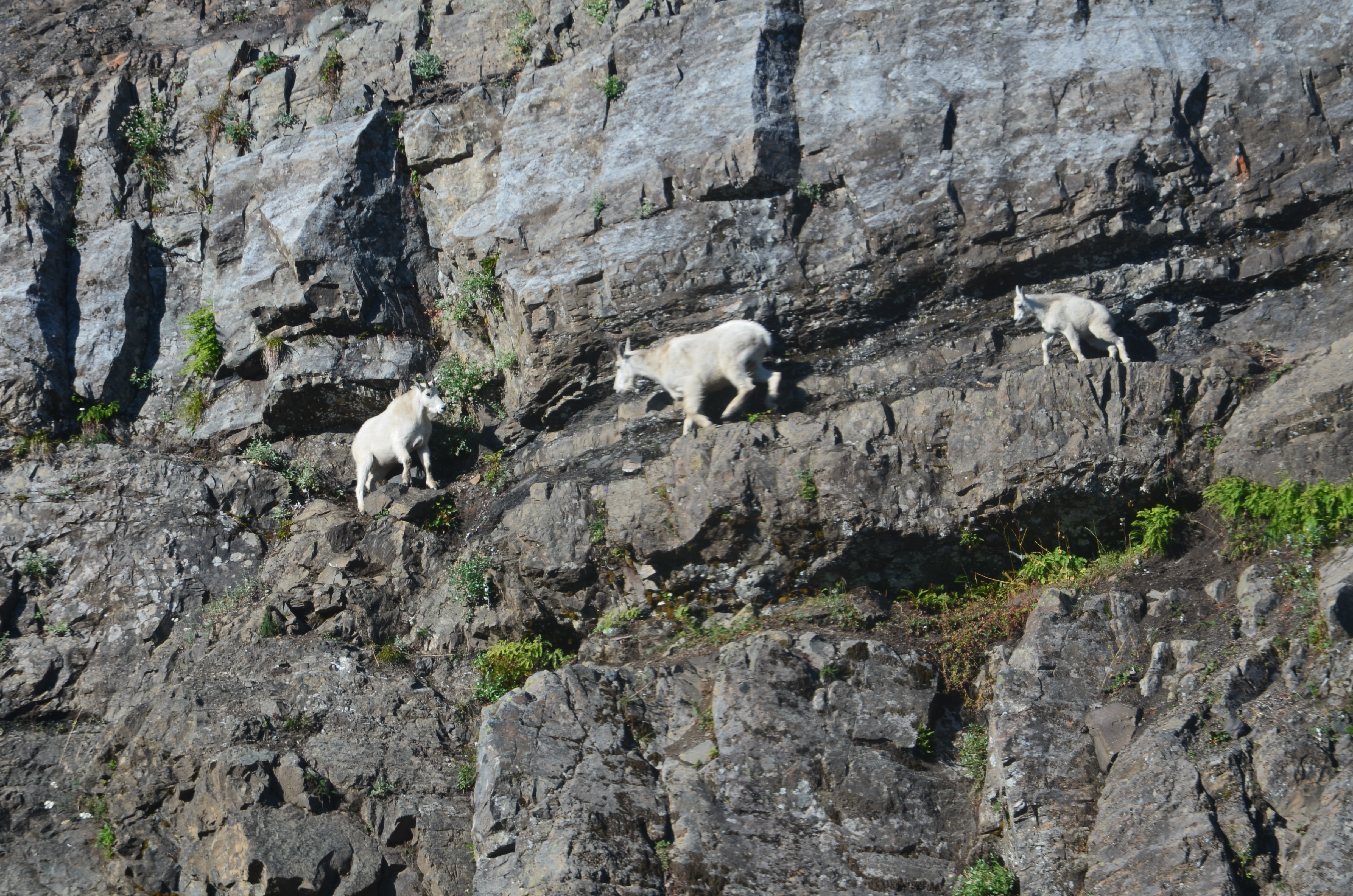The Mystique of Goats: Guardians of the Wild and Symbiotic Companions
Introduction In the vast tapestry of the animal kingdom, goats stand as unique creatures, embodying a blend of wild spirit and domestic companionship. These agile climbers with their distinctive horns and curious eyes have captivated human societies for millennia, serving not only as a source of sustenance but also as symbols of resilience, adaptability, and companionship. In this exploration, we delve into the multifaceted world of goats, tracing their evolutionary journey, understanding their roles in ecosystems, and unraveling the intricate bond they share with humanity.
In the vast tapestry of the animal kingdom, goats stand as unique creatures, embodying a blend of wild spirit and domestic companionship. These agile climbers with their distinctive horns and curious eyes have captivated human societies for millennia, serving not only as a source of sustenance but also as symbols of resilience, adaptability, and companionship. In this exploration, we delve into the multifaceted world of goats, tracing their evolutionary journey, understanding their roles in ecosystems, and unraveling the intricate bond they share with humanity.
Evolutionary Origins Goats, belonging to the genus Capra, are members of the Bovidae family, which includes antelopes, sheep, and cattle. Their evolutionary history traces back millions of years to the rugged terrains of Eurasia and Africa. Adapted to thrive in diverse environments, from arid deserts to steep mountain slopes, goats developed remarkable physiological and behavioral traits that enable them to survive in harsh conditions.
Goats, belonging to the genus Capra, are members of the Bovidae family, which includes antelopes, sheep, and cattle. Their evolutionary history traces back millions of years to the rugged terrains of Eurasia and Africa. Adapted to thrive in diverse environments, from arid deserts to steep mountain slopes, goats developed remarkable physiological and behavioral traits that enable them to survive in harsh conditions.
Fossil records indicate that goats were among the first animals domesticated by humans, with evidence dating back to around 10,000 years ago in the Near East. This domestication marked the beginning of a profound relationship between humans and goats, shaping the course of agricultural practices and human civilization.
Ecological SignificanceIn their natural habitats, goats play crucial roles in ecosystem dynamics. Their browsing behavior influences plant communities, shaping vegetation structure and diversity. As selective feeders, goats consume a wide variety of plants, including shrubs, grasses, and woody vegetation, which helps prevent the dominance of invasive species and promotes ecological balance.
Furthermore, goats are adept climbers, utilizing their agility and surefootedness to access elevated forage resources that other herbivores cannot reach. This ability not only expands their dietary options but also contributes to seed dispersal and vegetation regeneration, thus influencing the composition and resilience of ecosystems.
In certain regions, goats are employed as ecological management tools for vegetation control and fire prevention. Their grazing activities help reduce fuel loads in fire-prone areas, mitigating the risk of wildfires and preserving biodiversity.
Cultural Significance
Beyond their ecological importance, goats hold profound cultural significance in many societies worldwide. Revered for their resilience and adaptability, goats have been integrated into various cultural practices, folklore, and religious rituals across different civilizations.
In ancient mythology, goats often symbolize fertility, vitality, and divine power. From the Greek god Pan, depicted with the legs and horns of a goat, to the Norse thunder god Thor, who rides in a chariot drawn by goats, these creatures have been revered as symbols of strength and vitality.
In traditional societies, goats are valued not only for their meat, milk, and fiber but also as sacrificial offerings during religious ceremonies and rites of passage. Their association with prosperity and abundance is reflected in numerous customs and traditions, where goats are honored and celebrated as integral members of the community.
Domestication and Breeds The process of domesticating goats began millennia ago, as humans transitioned from nomadic hunter-gatherer lifestyles to settled agricultural communities. Selective breeding efforts over centuries have resulted in the development of numerous goat breeds, each adapted to specific environmental conditions and human needs.
The process of domesticating goats began millennia ago, as humans transitioned from nomadic hunter-gatherer lifestyles to settled agricultural communities. Selective breeding efforts over centuries have resulted in the development of numerous goat breeds, each adapted to specific environmental conditions and human needs.
From the diminutive Nigerian Dwarf to the robust Boer, and from the luxurious Angora to the hardy Alpine, goat breeds exhibit a remarkable diversity in size, color, coat type, and temperament. Some breeds are prized for their milk production, yielding rich and nutritious dairy products, while others are raised primarily for meat, fiber, or even as pack animals in rugged terrains.
Companionship and Utilitarian Roles
In addition to their agricultural significance, goats have earned a special place in the hearts of many as companions and pets. Their playful demeanor, inquisitive nature, and gentle disposition endear them to humans, fostering deep bonds of companionship and affection.
Moreover, goats serve a multitude of utilitarian roles in modern society. From therapeutic interventions in animal-assisted therapy programs to ecological restoration projects in urban and rural landscapes, goats are valued for their versatility and adaptability. Their presence not only brings joy and laughter but also serves practical purposes, such as weed control, land management, and even emotional support for individuals facing various challenges.
Challenges and Conservation Efforts Despite their resilience, goats face numerous challenges in the modern world, including habitat loss, climate change, overgrazing, and disease outbreaks. Encroachment of human settlements into natural habitats disrupts traditional migration routes and foraging grounds, posing threats to wild goat populations worldwide.
Despite their resilience, goats face numerous challenges in the modern world, including habitat loss, climate change, overgrazing, and disease outbreaks. Encroachment of human settlements into natural habitats disrupts traditional migration routes and foraging grounds, posing threats to wild goat populations worldwide.
Conservation efforts are underway to protect endangered goat species and preserve their genetic diversity. Initiatives range from establishing protected areas and wildlife corridors to implementing sustainable grazing practices and community-based conservation projects.
Furthermore, raising awareness about the ecological and cultural importance of goats is essential for fostering appreciation and stewardship of these remarkable creatures. Education programs, ecotourism initiatives, and sustainable livelihood opportunities can empower local communities to become guardians of goats and their habitats, ensuring a harmonious coexistence between humans and wildlife.
Conclusion In conclusion, goats occupy a unique niche in the natural world, embodying a blend of wild instincts and domestication. From their evolutionary origins to their ecological and cultural significance, goats have left an indelible mark on human history and biodiversity. As stewards of the planet, it is incumbent upon us to recognize the value of goats and strive to conserve their habitats, promote sustainable practices, and foster mutual respect and understanding between humans and these extraordinary creatures. In doing so, we honor the timeless bond between humanity and goats, guardians of the wild and symbiotic companions in the journey of life.
In conclusion, goats occupy a unique niche in the natural world, embodying a blend of wild instincts and domestication. From their evolutionary origins to their ecological and cultural significance, goats have left an indelible mark on human history and biodiversity. As stewards of the planet, it is incumbent upon us to recognize the value of goats and strive to conserve their habitats, promote sustainable practices, and foster mutual respect and understanding between humans and these extraordinary creatures. In doing so, we honor the timeless bond between humanity and goats, guardians of the wild and symbiotic companions in the journey of life.







































